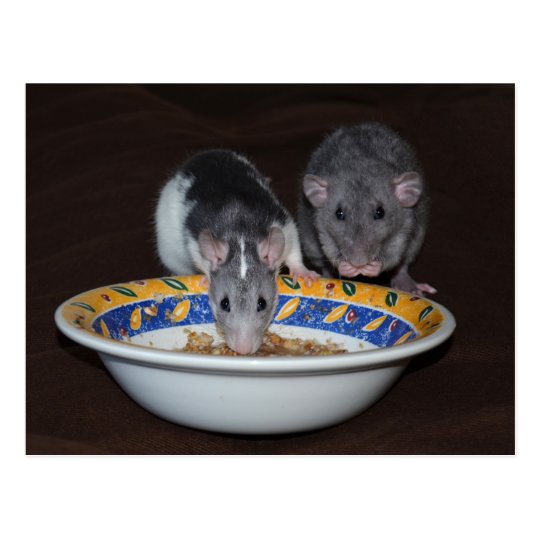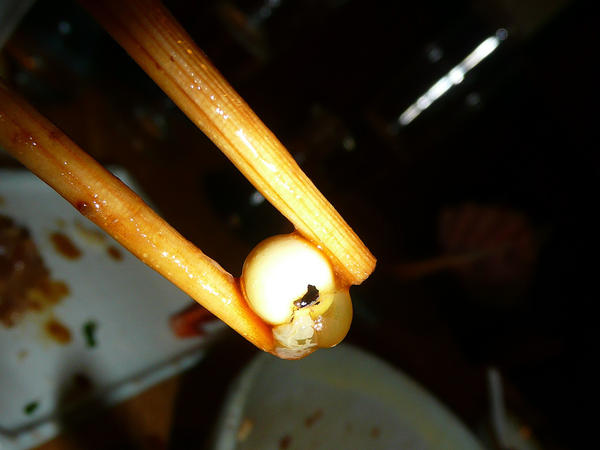


While boggling and “bruxing” are likely normal, it’s always better to be safe. Evaluate your pet rat in its entirety-their behavior, appetite, and overall demeanor. While it is most commonly believed to be an expression of joy, boggling that occurs secondary to distress-induced bruxism, may be an indicator of disease. While the eyes appear to pop out of the socket, this can be a normal, even happy, expression. This photo of a rat boggling shows how the rat’s eyes bulge abnormally during boggling. A 3-year-old rat is roughly equivalent to a 90-year-old human! Keeping their teeth aligned properly allows normal mastication (chewing), nutrition, and supports overall health. Rats typically only live for 2-4 years, so regular veterinary care is crucial to keeping them healthy. Contact your veterinarian if your pet rat is chattering or “bruxing” more than normal in addition to any of the following: Rats also chatter with some illnesses-especially respiratory disease. Chatter may occur when a rat is having an intense encounter and is torn between the physiologic fight or flight modes. Rats can also chatter their teeth, which is similar to bruxism but may be louder with more sharp cracking noises. If they are not eating, drinking, or behaving abnormally, contact a veterinarian as soon as possible for an exam and diagnostics. Take into account the overall picture when your pet rat is “bruxing” or eye boggling.

However, rats may also grind their teeth when they are experiencing anxiety, stress, discomfort, or pain. Similar to a cat purring, bruxism in rats is commonly performed when the pet is relaxed and content. It is a good idea to start looking at your rat’s mouth for signs of any abnormalities and to acclimate your rat to having their mouth examined. Healthy teeth are important for the overall health of a pet rat and are a primary area of focus during veterinary exams. “Bruxing” helps wear down the teeth, but is never a replacement for correct husbandry and other environmental ways to grind their teeth. If rat teeth aren’t consistently chewing throughout the day, the teeth become misaligned, causing abscesses and difficulty eating. They need proper care, food, and toys to ensure the teeth are worn down appropriately. Rat teeth, like most rodents, are constantly growing. So when the jaw is moving rapidly up and down during bruxism, the muscle will also vibrate the eye at the same rate. A rat’s anatomy is unique in that the jaw muscle passes behind the eyeball. When a rat is “bruxing” more aggressively, it may cause the bulbous eyes to pop out of the socket even more. What Is Bruxism in Rats?īruxism, commonly referred to by pet rat fanciers as “bruxing,” is a soft but repetitive grinding of the incisors, or front teeth. The eyes tend to become large and boggling during intense bruxism. What Does Rat Boggling Look Like?Įye boggling is when the eyeballs vibrate rapidly, bulging seemingly in and out of the eye socket.

While these movements may seem concerning at first, these behaviors, called eye boggling and bruxism, can be normal rat behaviors. Pet rat parents have likely witnessed their rat displaying unusual eye and teeth grinding.


 0 kommentar(er)
0 kommentar(er)
